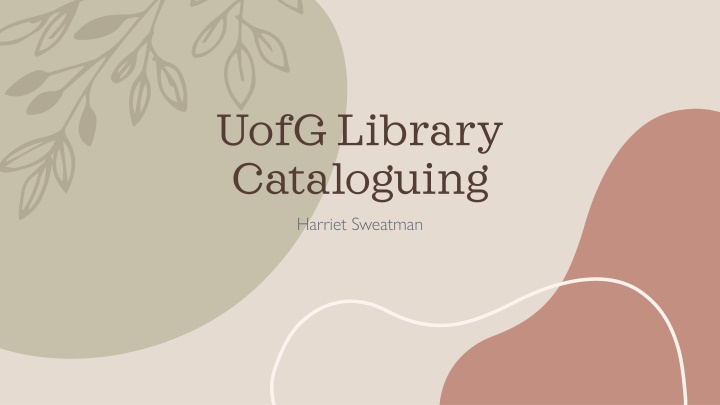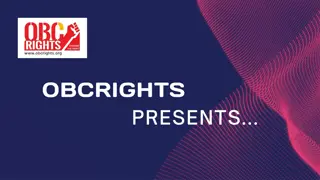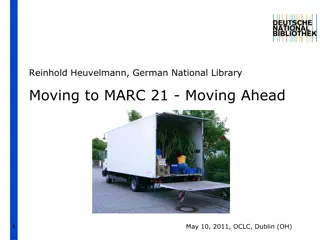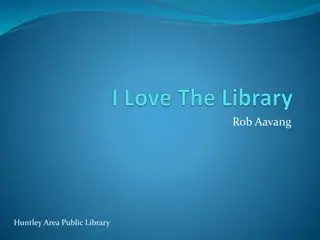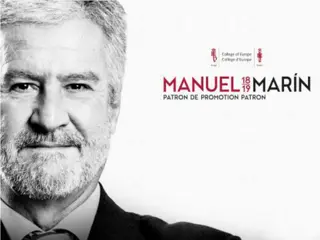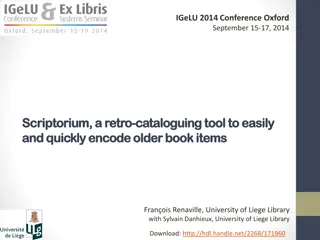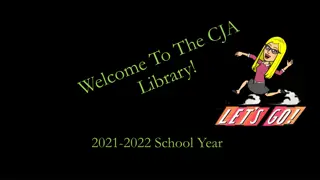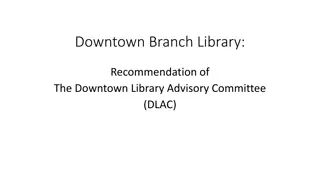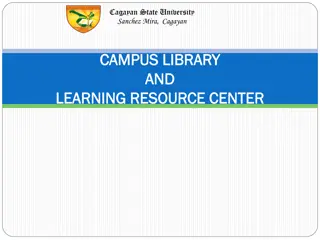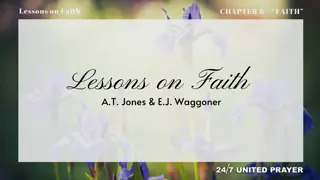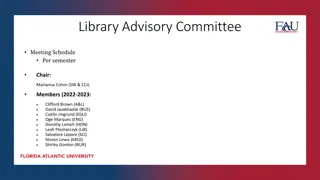Library Cataloguing: How It Works and Challenges Faced
Describes the process of cataloguing in libraries and the challenges encountered, such as offensive terms, systematic bias, and author's perspective. Explains classification methods, highlighting the importance of diversifying collections and following new ethical standards in cataloguing.
Download Presentation

Please find below an Image/Link to download the presentation.
The content on the website is provided AS IS for your information and personal use only. It may not be sold, licensed, or shared on other websites without obtaining consent from the author.If you encounter any issues during the download, it is possible that the publisher has removed the file from their server.
You are allowed to download the files provided on this website for personal or commercial use, subject to the condition that they are used lawfully. All files are the property of their respective owners.
The content on the website is provided AS IS for your information and personal use only. It may not be sold, licensed, or shared on other websites without obtaining consent from the author.
E N D
Presentation Transcript
UofG Library Cataloguing Harriet Sweatman
Have you ever wondered how the library search works? Why similar books are sometimes in different departments? Questions? Why the UofG system is different to everywhere else? How it is decided where books should go?
Cataloguing All books and articles are given metadata information that describes it: Who wrote it and when? What is it? What subject is it about? This information is kept on a Machine Readable Catalogue record, and this information is what appears in the library search engine! This information is sometimes recorded by people by hand, sometimes is borrowed from other libraries, and many universities share metadata like this.
Classification Classification describes not what the thing is, but where it is within the library, although of course the two things are connected. Books are analysed when they arrive at the library to decide what subject heading they are under, as well as which floor they belong on, which shelf, and where on that shelf. Subject headings can be very broad, and as there is a lot of crossover in the humanities, sometimes books can seem to belong in several places. UofG has its own classification number and letter system, based of the Library of Congress and the Dewey Decimal system, but unique to this university.
Some problems OFFENSIVE TERMS SYSTEMATIC BIAS THE AUTHOR S PERSPECTIVE? o Record cards are supposed to be written from the authors perspective about their work, something that poses a serious problem when dealing with serious and controversial matters. o History can be written from so many different perspectives, how can this be represented in the system? o As the system has been in place a long time, there are several outdated terms still in use in the catalogue. o The library time is working to remove them where possible, but with so many books and articles, progress can be slow o The cataloguing system is very anglocentric, with a towards America and Britain, making it trickier to catalogue books by or about other cultures, but this will also gradually change over time.
What next? Further moves can be made towards diversifying collections, trying to ensure that more voices are represented, using smaller publishers that push different views If books are classified incorrectly or offensively based on the outdated system, they should be moved to their proper place in the library. The new ethic standards in cataloguing should be followed, no more neutrality on controversial topics
